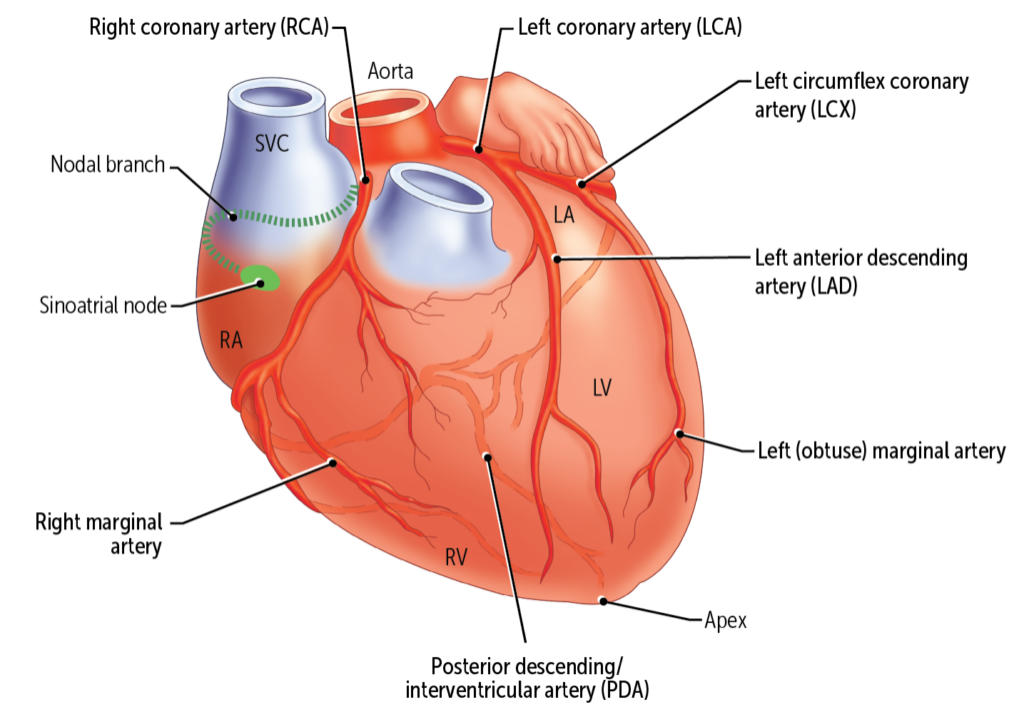Ulcers are open sores that develop in the skin or mucous membranes. In peptic ulcer disease (PUD), painful sores develop, most commonly in the lining of the stomach, duodenum, or both. PUD arises when there is an imbalance between protective factors (eg, mucosal barrier) and damaging factors (eg, hydrochloric acid).
How does PUD differ from gastritis? Gastritis describes inflammation of the stomach lining, which can be acute or chronic. With gastritis, the submucosae are not harmed, and the muscular stomach wall remains intact. In PUD, there is ulceration through the mucosa into underlying tissue, which can reach into the submucosa and muscular layer. It may cause perforation and bleeding. Chronic gastritis can be a predisposing factor, but it is not required to diagnose PUD.
After listening to this AudioBrick, you should be able to:
- Define peptic ulcer disease (PUD) and state the most important risk factors.
- Describe the morphologic and pathogenetic features of Helicobacter pylori and the histology of gastric lesions with which it is associated.
- Explain gastrinoma and Zollinger-Ellison syndrome as a cause of PUD.
- Describe the typical clinical presentation of PUD and the tests used to make a diagnosis.
- Explain the most common treatment strategies for PUD.
- List the potential adverse outcomes of untreated PUD.
If you haven’t subscribed to the Rx Bricks Podcast, we suggest you do it today!
Head to the homepage for the Rx Bricks Podcast to hear the full episode and subscribe so that you’re notified when the next one drops.




